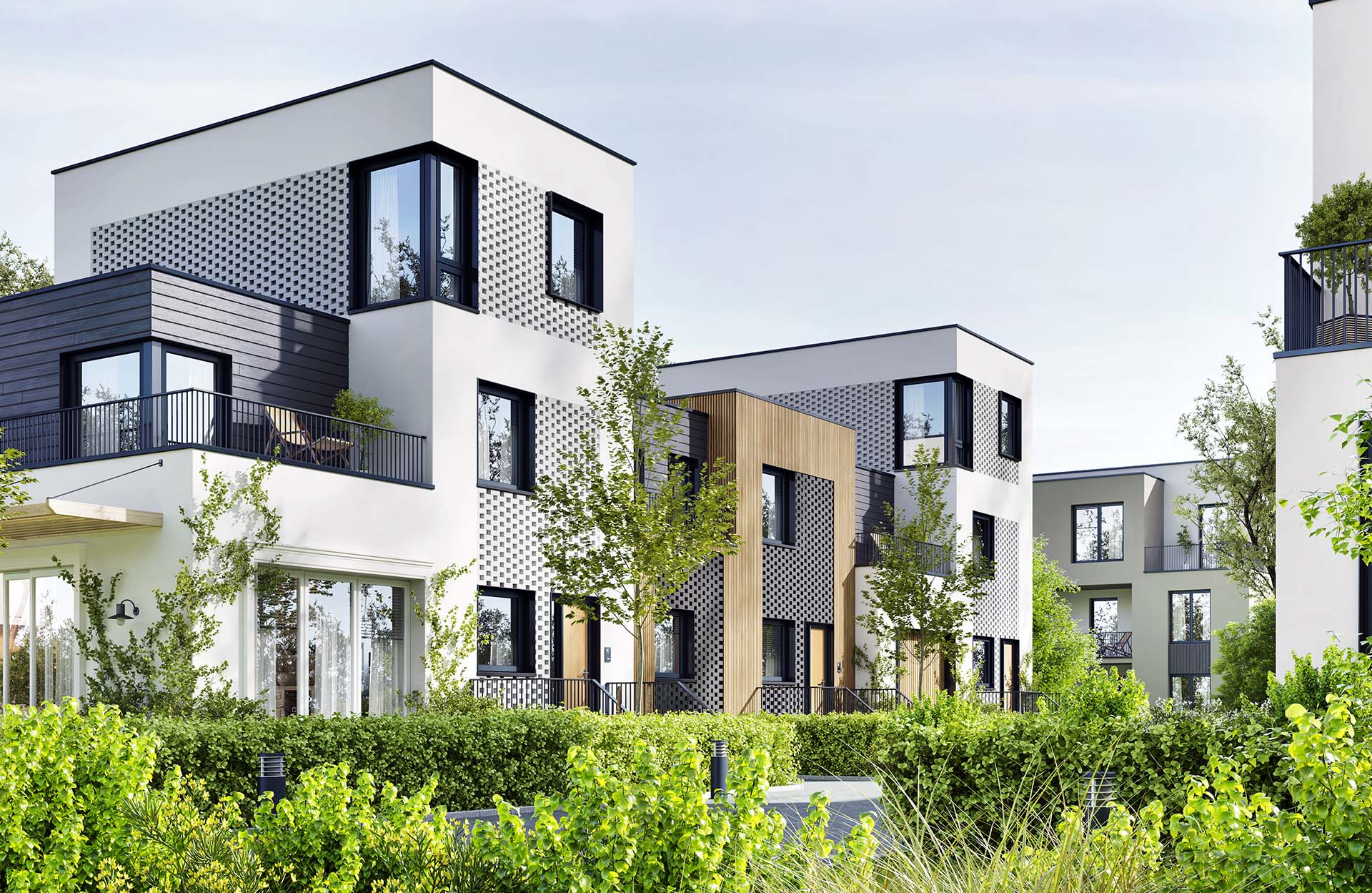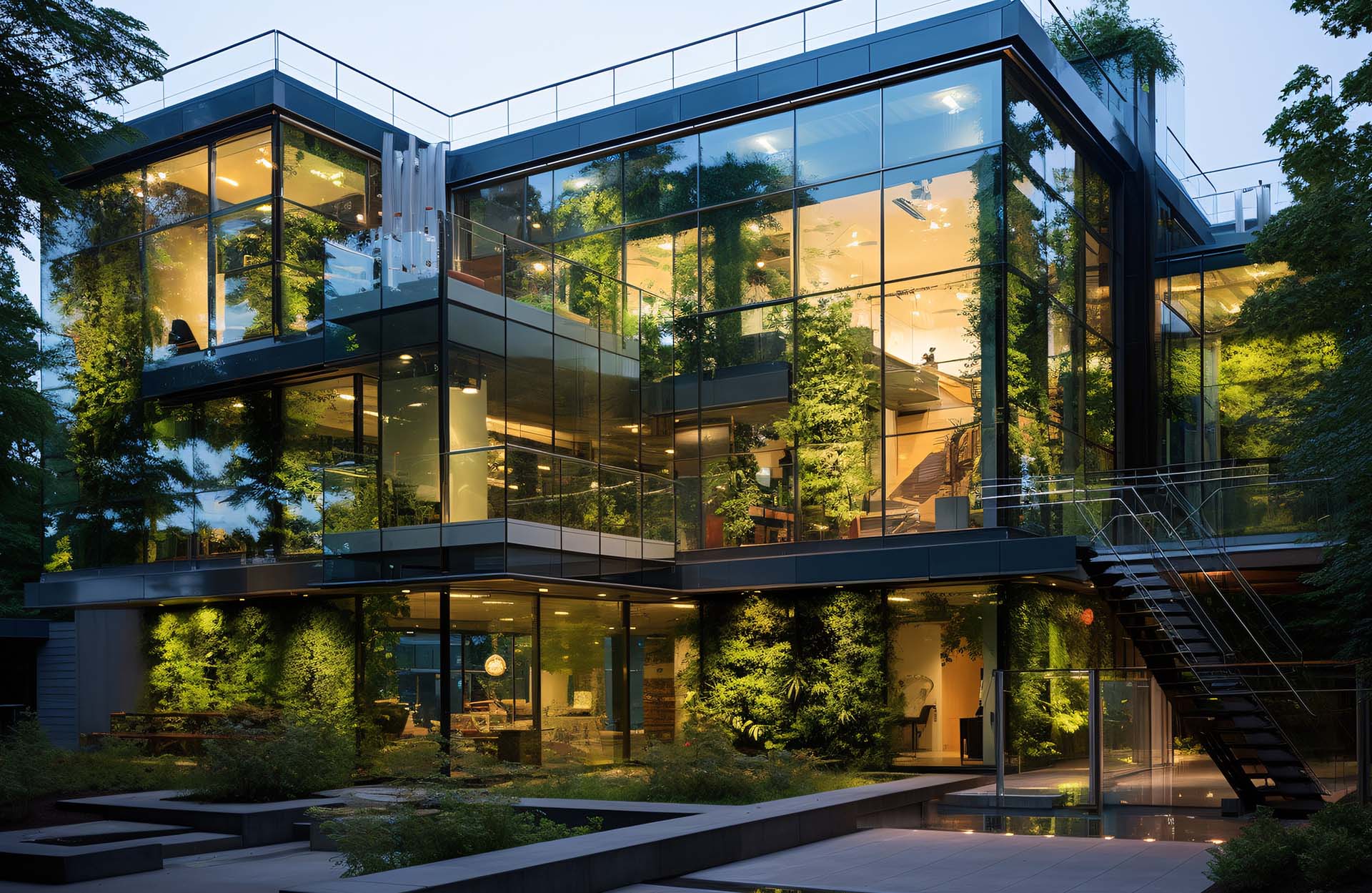In Sydney (Climate Zones 5 & 6) commercial buildings require an R-value of R2.8 for the external walls.
A common misconception is that a double brick wall will achieve that. Unfortunately brick is not a good insulator. It does have thermal mass, an advantage which is recognised in some situations, but commonly commercial buildings require insulation. The two options are cavity insulations and surface insulation.
Both use a type of insulating blanket or board specifically designed for the purpose. Many builders shy away from cavity insulation because of worries about moisture transmission and the increased difficulty of building. A couple of builders we have spoken to agreed it was a problem the first time they used cavity insulation but they now have a system and it is their preferred option.
If the builder is not comfortable with cavity insulation then surface insulation may be the answer. We have seen this done on the exterior surface. This is the most effective solution but is uncommon because it spoils the brick finish look usually sought after. Instead, the interior surface can be used. This takes up about 50 to 100mm of floor space along all the effected walls but is simple and quick and easily programmed into the building sequence.
Sept 2007




